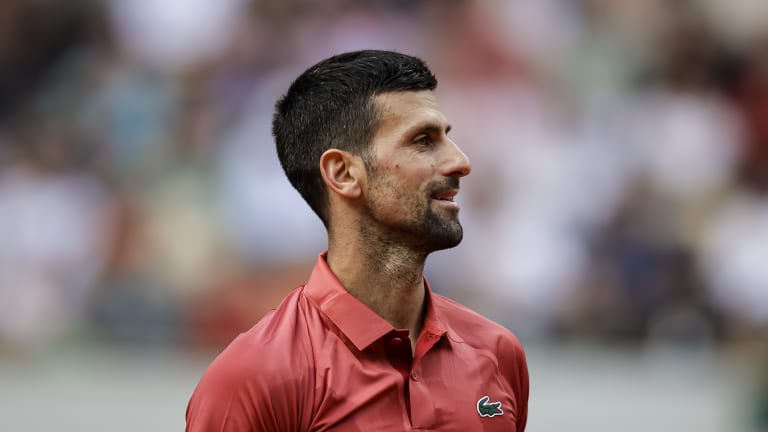Roland Garros
Djokovic’s Great Gamble: What's next for injured Nole?
By Jun 05, 2024Roland Garros
Rafael Nadal to be honored with 'exceptional' tribute on opening day of Roland Garros
By Apr 17, 2025Roland Garros
French Open organizers introduce draw to access ticket sales
By Jan 07, 2025Roland Garros
Coaches Corner: Juan Carlos Ferrero proves essential to Carlos Alcaraz's Roland Garros success
By Jun 14, 2024Roland Garros
What’s next for Novak and Nadal? Four ATP storylines after the Paris fortnight
By Jun 10, 2024Roland Garros
Naomi’s resurgence, Iga on grass: Four WTA storylines after the Paris fortnight
By Jun 10, 2024Roland Garros
Carlos Alcaraz becomes the clay-court champion that he—and we—always knew was possible
By Jun 09, 2024Roland Garros
Coco Gauff wins first Grand Slam doubles title with Katerina Siniakova in dream team debut
By Jun 09, 2024Roland Garros
Coco Gauff is a Grand Slam champion in singles and doubles, exceeding her own expectations
By Jun 09, 2024Roland Garros
From Rafa to Iga: as one owner of Roland Garros departs, a new one has moved in
By Jun 08, 2024Roland Garros
Djokovic’s Great Gamble: What's next for injured Nole?
The Serbian did whatever he could do win his fourth-rounder, perhaps at great cost.
Published Jun 05, 2024
Advertising

Djokovic’s decision is puzzling on a number of levels, the most immediate being what his injury bodes for Wimbledon.
© 2024 Eurasia Sport Images
Advertising
![“Basically the whole fifth set [I] was almost without any pain,” Djokovic said. “I'm glad that I was able to play without feeling that pain that I felt for two-and-a-half sets.”](https://images.tennis.com/image/private/t_16-9_768/f_auto/tenniscom-prd/ke4cvakmkvo4fs0bpxfz.jpg)
“Basically the whole fifth set [I] was almost without any pain,” Djokovic said. “I'm glad that I was able to play without feeling that pain that I felt for two-and-a-half sets.”
© AFP or licensors
